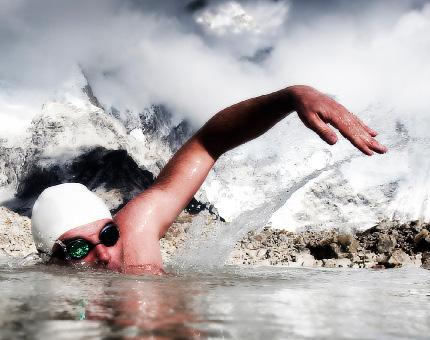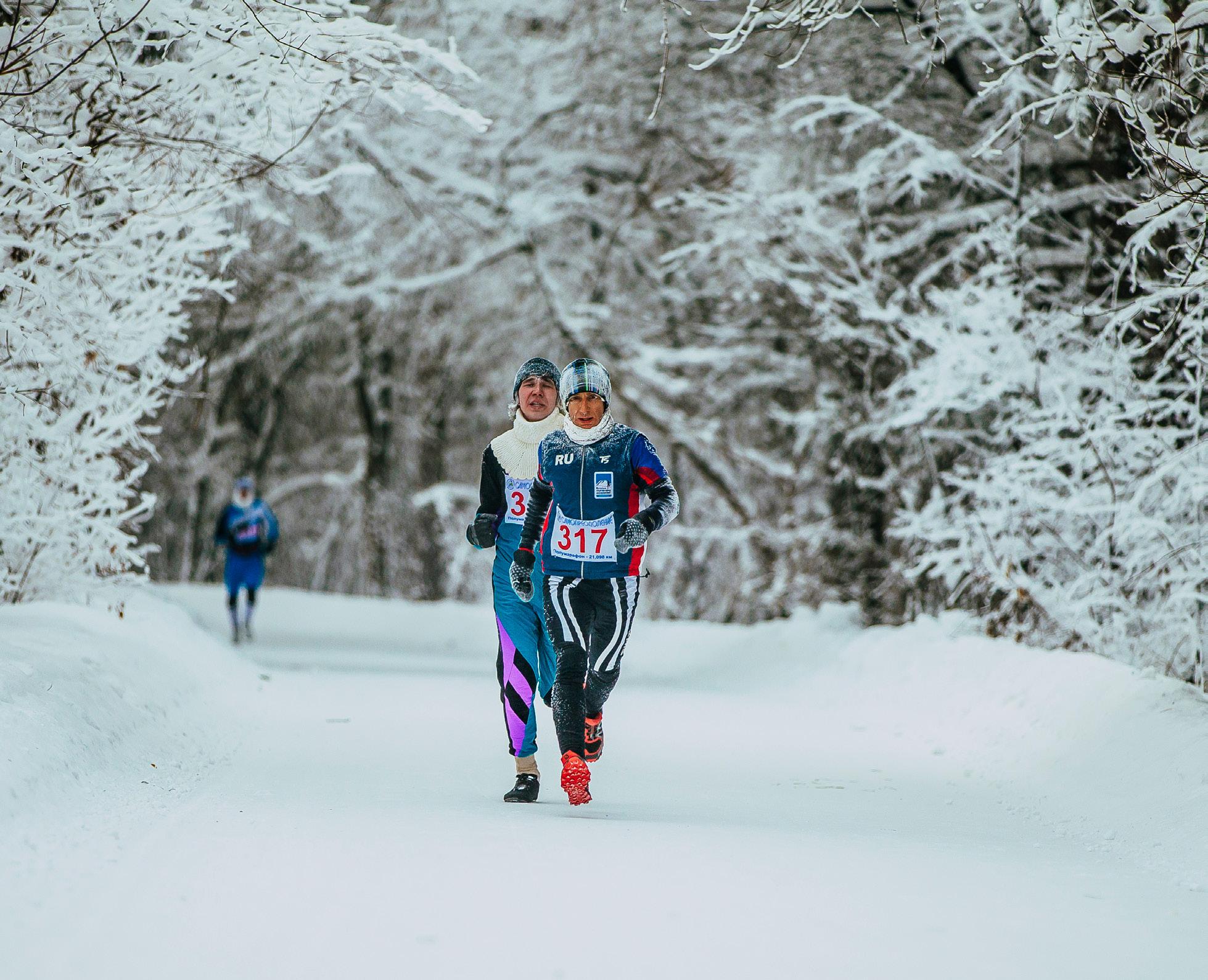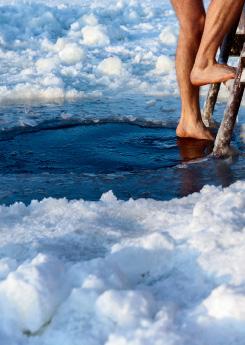
4 minute read
FYSIOLOGICAL PROCESS
from I Care Issue
by NAQI Belgium
The decrease in finger skin temperature due to training was mainly observed during the last 2 days. This drop in finger and toe temperature during the last 2 days (Fig. 1) may be related to the ambient temperature outside of the building that was about 16C during days 14 and 15 and 18–22C in the preceding days (meteorological data from Schiphol airport that is in close vicinity to the measurement location). The lower ambient temperature may have caused a reduction in the thermal state of the body prior to the experiment. Controlling the temperature of the experimental room and immersing the extremities in warm water (35C) for 5 min prior to the cold water immersion with the intention to create a stable thermal condition for the subjects may have been insufficient to eliminate the effect of the external ambient temperature on the thermal status of the body. On the other hand, it may simply be that the changes during the last 2 days reflect real changes due to cold training that may only take effect following prolonged and repeated exposures. The ambient temperature was identical at day 1 and day 15 (16C); therefore, a fair comparison can be made between the pre- and post-test. The decrease in finger skin temperature and increase in toe skin temperature during the CIVD training period of 15 days may be partly attributed to anatomical differences. The feet have a smaller surface area to volume ratio than the hands (68 vs. 104 m-1 for men; Tikuisis et al. 2001), which leads to slower cooling of the feet as compared to the hands. This may be the reason that CIVD is less pronounced in the feet than in the hands (Van Der Struijs et al. 2008). Therefore, it may be more effective to enhance vasoconstrictory tone and the sensitivity of local blood vessels for cold in the fingers as opposed to the toes to maintain the overall thermal status of the body. These changes may have taken place over the 15 days of investigation. Another explanation may be that since the toes are more prone to cold injuries than fingers (Daanen and Van Der Struijs 2005), it is more important to maintain tissue integrity in the toes and thus enhance local blood flow there. The observed changes in finger and toe temperatures after 15 days of cold water immersion in our study are not likely to be of central origin. When sympathetic outflow would have increased, both fingers and toes would have shown vasoconstriction. Therefore, a peripheral mechanism should be held responsible for the observed changes, such as an increased sensitivity to cold at the fingers leading to vasoconstriction and a decreased sensitivity to cold at the toes leading to a reduction in vasoconstrictory tone. Pain during immersion decreased significantly during the 15 days of local cold exposure. This is true for both feet and hands and for the trained and untrained side. Figure 2 clearly shows that the greatest decline in pain occurs in the first few days, independently of possible adaptations in skin temperature. The decrease of pain in time corresponds to previous observations (Geurts et al. 2006a; Sawada et al. 2000). The relative increase in pain during days 8 and 12 may be explained by the fact that these measurement days were relatively often on Mondays, and the 2-day weekend break from cold exposure may have reduced pain resistance. Because pain can be seen as a warning signal of the body for extreme cold, some researchers claim that a decrease in finger temperature, in combination with a decrease in pain due to training, lead to a habituation effect (Geurts et al. 2006a; Sawada et al. 2000). When people experience less pain after a few days of repeated cold exposure it is not expected that they adjust their behavior to their real thermal status, which increases the risk of cold injuries. Previous studies reported that tactile sensitivity was unaffected when measured before and after repeated cold exposure (Geurts et al. 2006a, b). Unlike those studies, tactile sensitivity in this study was measured while the hand remained immersed in cold water, such that no rewarming due to removal from the cold exposure occurred. Our results clearly show that a lower skin temperature leads to a decreased tactile sensitivity. This is in line with a deterioration of tactile sensitivity as a result of decreased skin temperature found by Gescheider et al. (1997), Green et al. (1979) and Daanen (2009).
For the untrained extremities no significant differences were detected in our study, so it can be concluded that the observed differences in finger and toe skin temperature must reflect local effects of repeated immersion. If there would have been a change in central drive due to repeated immersion, changes in both the trained and untrained extremities should have been observed. Sympathetic activity is the central drive that is generally considered to play a major role in the control of CIVD (Daanen 2003). The sympathetic nerves innervate the strong muscular wall of the arterio-venous anastomoses that are abundantly present at CIVD locations. Sympathetic activation thus leads to vasoconstriction and a reduced CIVD response (Daanen 2003). The absence of any change in the nontrained fingers and toes indicate that the sympathetic activity is probably unaltered due to training. In summary, sixteen subjects simultaneously exposed a hand and foot to 8C water for 30 min daily for a period of 15 consecutive days excluding weekends. The toe temperatures showed a small increase after 15 days, while the finger temperatures dropped, as well as the number of CIVD responses in the finger. Therefore, the risk for cold injuries may increase in trained fingers, also because pain sensation gradually decreased so that the warning system becomes less alert. We, therefore, do not recommend repeated cold water immersion of the hands as a method for preventing cold injuries.







